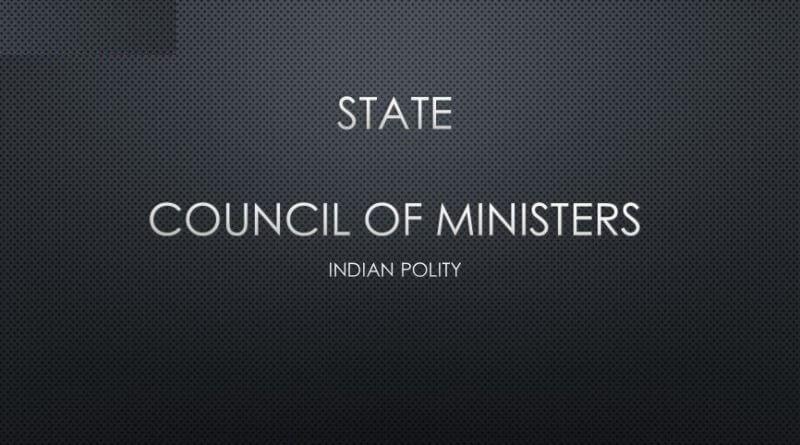Article 163: The Council of Ministers is headed by the Chief Minister to aid and advice the Governor in the exercise of his functions.
Article 164: The Council of Ministers is collectively responsible to the state legislative assembly.
APPOINTMENT
The ministers are appointed by the Governor on the advice of the Chief Minister.
The person to be appointed as the Minister must be a member of either of the houses of the State Legislature.
If a person who is not a member of either of the houses of the state legislature is appointed as a minister he should become a member of either of the houses with in a period of six months.
Even a nominated member of either of the houses of the state legislature can be appointed as a minister.
Oath
Oath of office and secrecy is administered by the Governor.
Salary
The salary and other allowances are determined by the state legislature.
Resignation
A Minister is individually responsible to the Governor.
A Minister submits the resignation to the Governor.
Note: The Governor accepts the resignation only on the advice of the Chief Minister.
Removal
A minister is removed by the Governor on the advice of the Chief Minister.
STRENGTH
ü The total number of Ministers including Chief Minister should not exceed 15 percent of the strength of the state legislative assembly.
ü But, the number of Ministers including the Chief Minister in a state shall not be less than 12. (Article 164 (1A)).
ü The restriction was imposed through the 91st amendment of 2003.
ü Accordingly Article 164 was amended.
ü Note: Through the same amendment Article 75 was also amended to restrict the strength of the Council of Ministers at the Central to 15 percent of the Lok Sabha.

